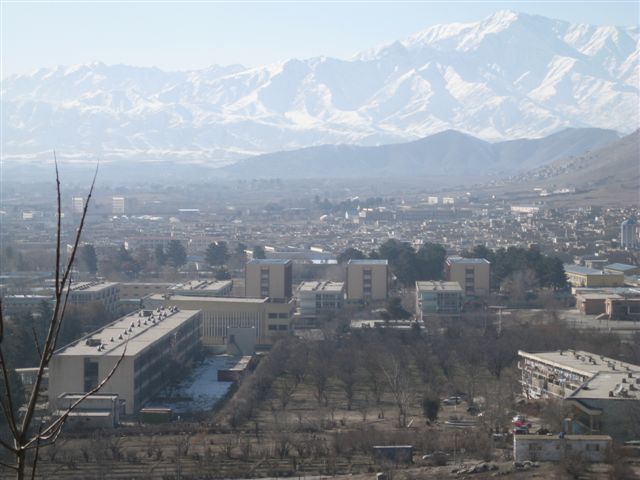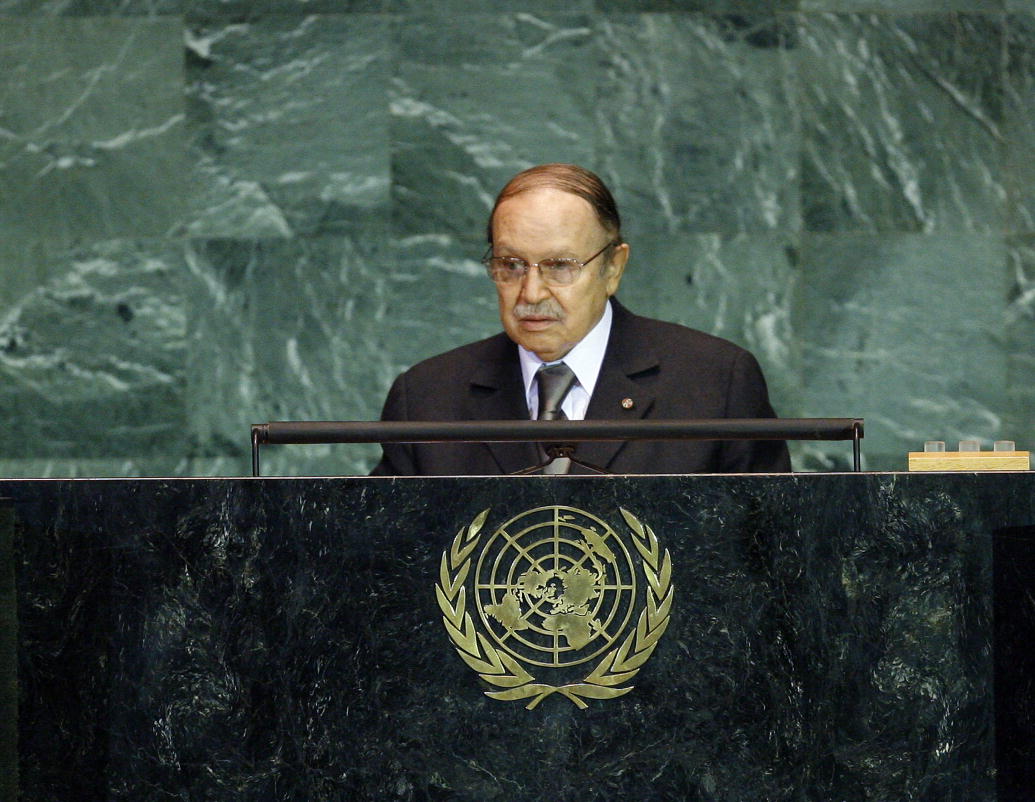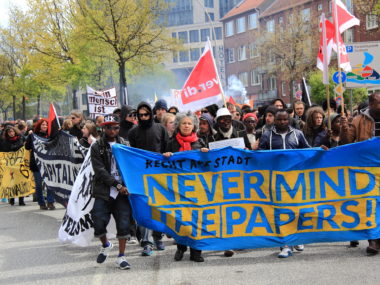
Last month, the world lost literary giant Gabriel García Márquez, whom Colombian President Juan Manuel Santos called “the greatest Colombian of all time.” I can’t speak to that, but will instead discuss what García Márquez was famous for: his novels in the literary genre of Magical Realism. The thing about his Magical Realism: It’s real, and it also has a close relationship with armed conflict and political clashes. It can shape conflict and can also be an adaptive response to conflict. For this reason, it is a mirror to Colombia’s history and likely the histories of other conflict-ridden countries as well. It also offers lessons for how we understand the drivers of conflict and violence.
Magical Realism is characterized by the bending of reality and melding it with superstition, old wives’ tales, and exaggeration to dramatic effect. On the pages of García Márquez’ novels, the Magical Realism may seem purely mythical, but beyond the purpose of entertainment and stretching the imagination, it also contains astute observations of the social and political conflicts in Colombia and, more broadly, the social tensions shared across Latin America and the developing world. Take Márquez’ fantastical descriptions in One Hundred Years of Solitude of the tensions between Colombia’s historical elite political parties, the Liberals and Conservatives:
Don Apolinar Moscote (Aureliano Buendía’s father-in-law): “The Liberals were Freemasons, bad people, wanting to hang priests, to institute civil marriage and divorce… The Conservatives, who had received their power directly from God, proposed the establishment of public order and family morality. They were the defenders of the faith of Christ, of the principle of authority, and were not prepared to permit the country to be broken down into autonomous entities” (104).
Did the Conservatives receive their power directly from God? Unclear. Regardless, the passage neatly frames the battles over the centralization and decentralization of state institutions. Similarly, the life and times of Buendía the protagonist and the Thousand Days War (1899-1902), which is dramatized in the novel, are often seen as parables for Colombia’s various exclusion-based social conflicts.

I had a personal encounter with some Magical Realism when I was conducting field research in 2009 in the Colombian town of Pensilvania in the western department of Caldas on community cohesion and the town’s peace movement, the Comunidad Viva (Live Community). From the mid-1990s, the town faced pressure from guerrilla and paramilitary groups, as well as the state forces, and more than one person I spoke with recalled that at one point, around 2001, the FARC guerrillas massed on the loma above the town center to take the town. The mayor called a collective prayer and a man in white, an apparition, appeared before the guerrillas — that of the town’s heroic historical priest, Padre Daniel López, whom superstitious residents believe has continued to protect the town and cure the sick, even after his death in 1951. López told the guerrillas something to the effect of “You will not harm this town,” proceeded to inflict a bout of diarrhea upon them, and they turned around and retreated. In accounting for why López was able to stave off the guerrillas, one person said, “Belief [faith] is a very powerful weapon.”
So, true story or not, Magical Realism is real, or at least people believe it is. Beliefs can help people unite and overcome fear and can restrain armed actors and their use of violence, sometimes through invoking the supernatural. A recent documentary on the Colombian Discovery channel, “Paranormal War,” displays just how widespread some of the magical realist beliefs are. It features many of the occult practices among Colombia’s armed groups and those used by various religious leaders to exercise (or exorcise?) spiritual control over these actors. In the era of drug kingpin Pablo Escobar, motorcycle-riding assassins in Medellín would pray to the Virgin Mary to bless their bullets and aim. Indigenous shamans have also been known to leverage the power of supernatural beliefs to guide their communities through times of conflict.
These mystical beliefs are of course also found in conflicts beyond Colombia. Rebels in Liberia and members of the mystical Naprama movement in Mozambique used charms and spells to steel their nerves and become impervious to bullets. In these conflicts and others, mysticism and magical realist beliefs and superstitions are pervasive.
The larger point is this: observers of conflicts often tend to view behavior surrounding violence as rational, especially because violence entails high costs, but Magical Realism is a reminder that this is not always so. Violence and resilience to it may not always be rational just as violence may also not simply be reduced to barbarism or opportunism. Perceptions, beliefs, and norms may enter more frequently than we realize.* Perhaps this is why García Márquez’ work speaks to us and has universal appeal: It captures the tensions we humans experience between our rational and non-rational motivations and how we cope with hardship, conflict, and underdevelopment while still holding on to our optimism and dreams. All with far too much accuracy.
* One might be tempted to characterize this as the systematic and non-systematic components of violence, although norms or irrational belief systems could be “systematic,” occurring both widely and non-randomly.






6 comments
Thanks for your post; this is the topic of my dissertation.
For decades people in Latin America have been manipulated by governments and kept blind or half dead. People live in a parallel dimension filled with passive violence. In the last decade with the decadence of Venezuela, the level of living magical realism is more intense, the violence has gone from passive to active, and the degradation of society is contaminating the entire region.
Thanks for your post; this is the topic of my dissertation.
For decades people in Latin America have been manipulated by politicians and kept blind or half dead. People live in a parallel dimension filled with passive violence. In the last decade with the decadence of Venezuela, the level of living magical realism is more intense, the violence has gone from passive to active, and the degradation of society is contaminating the entire region.